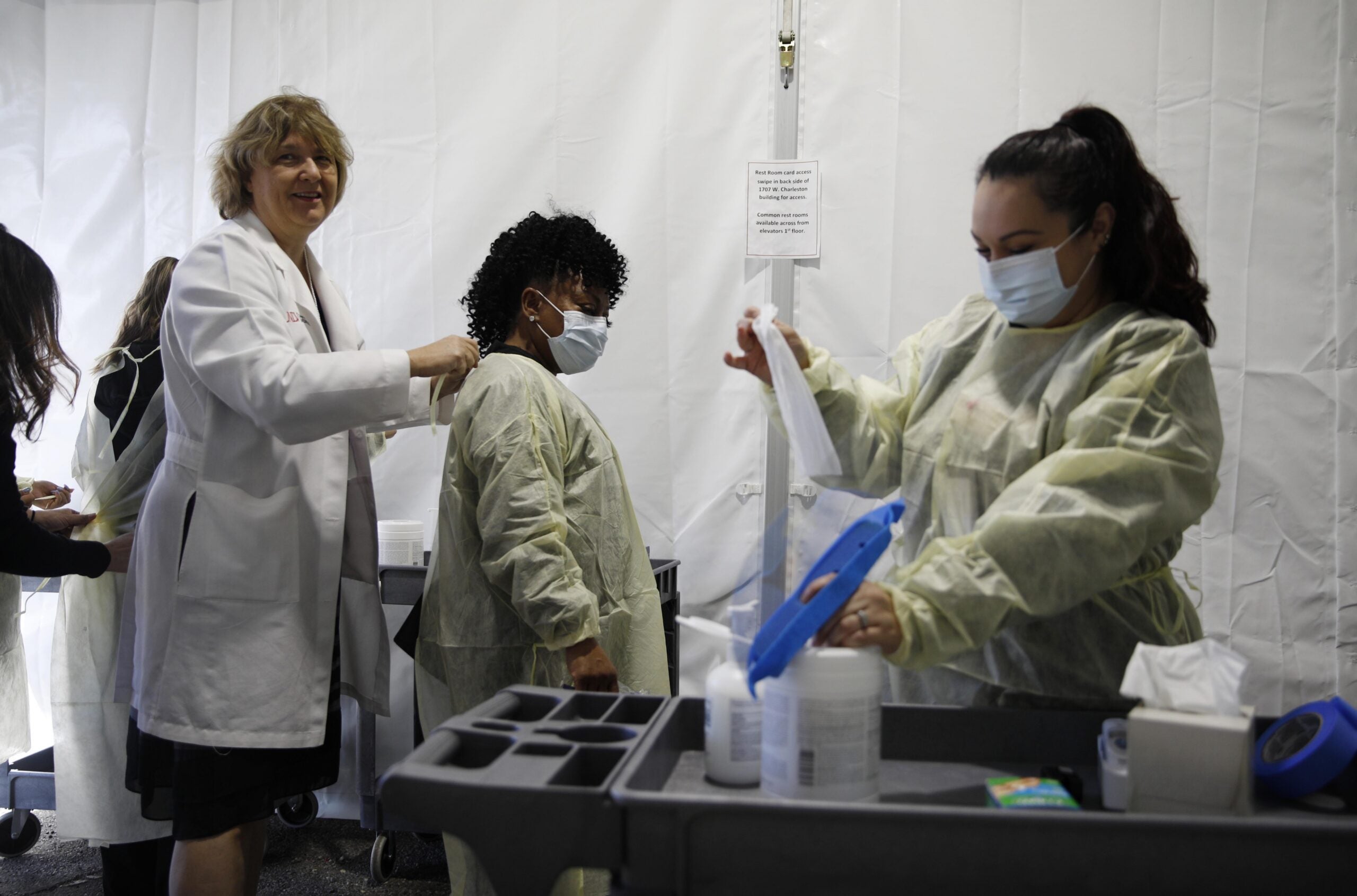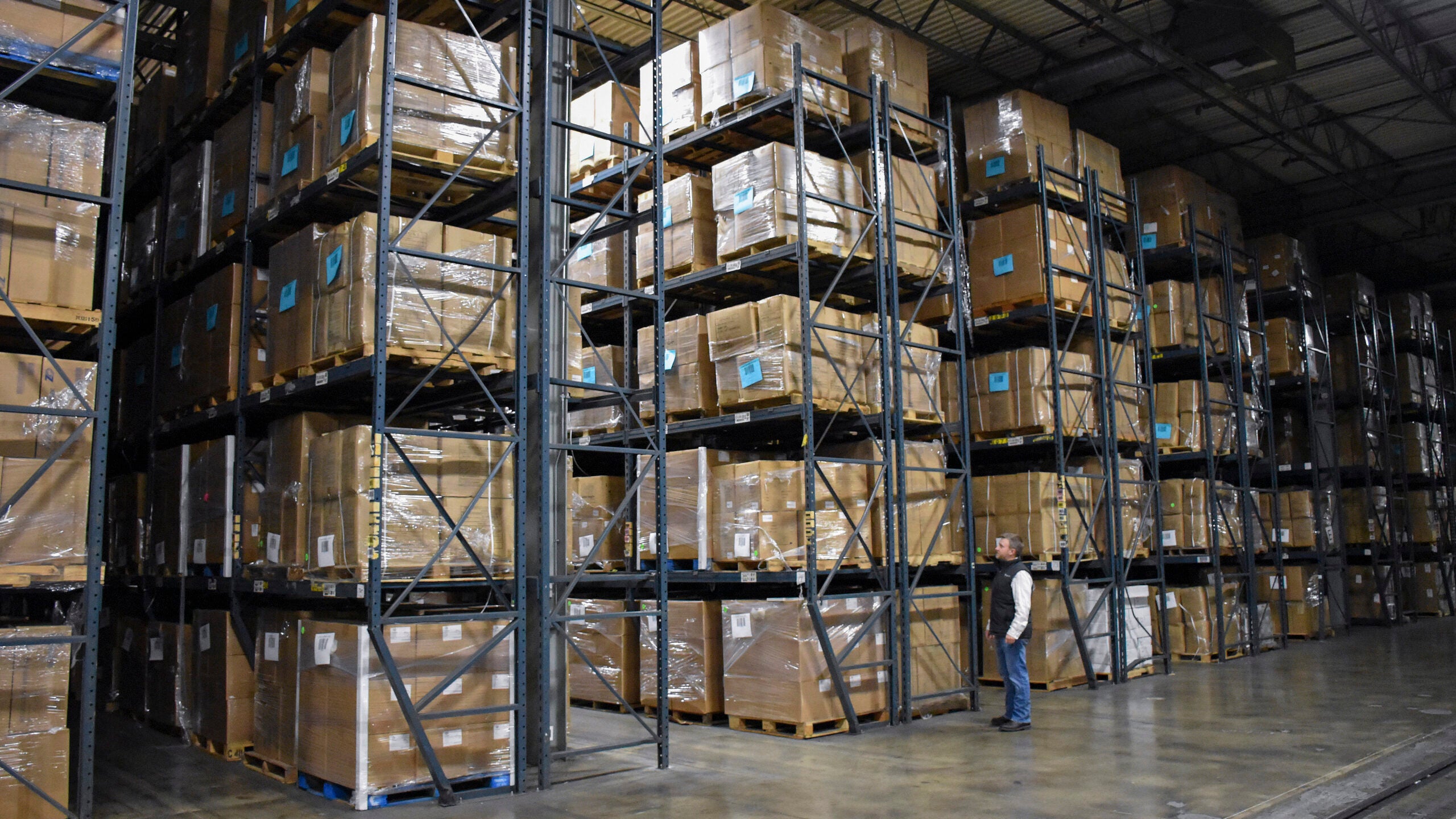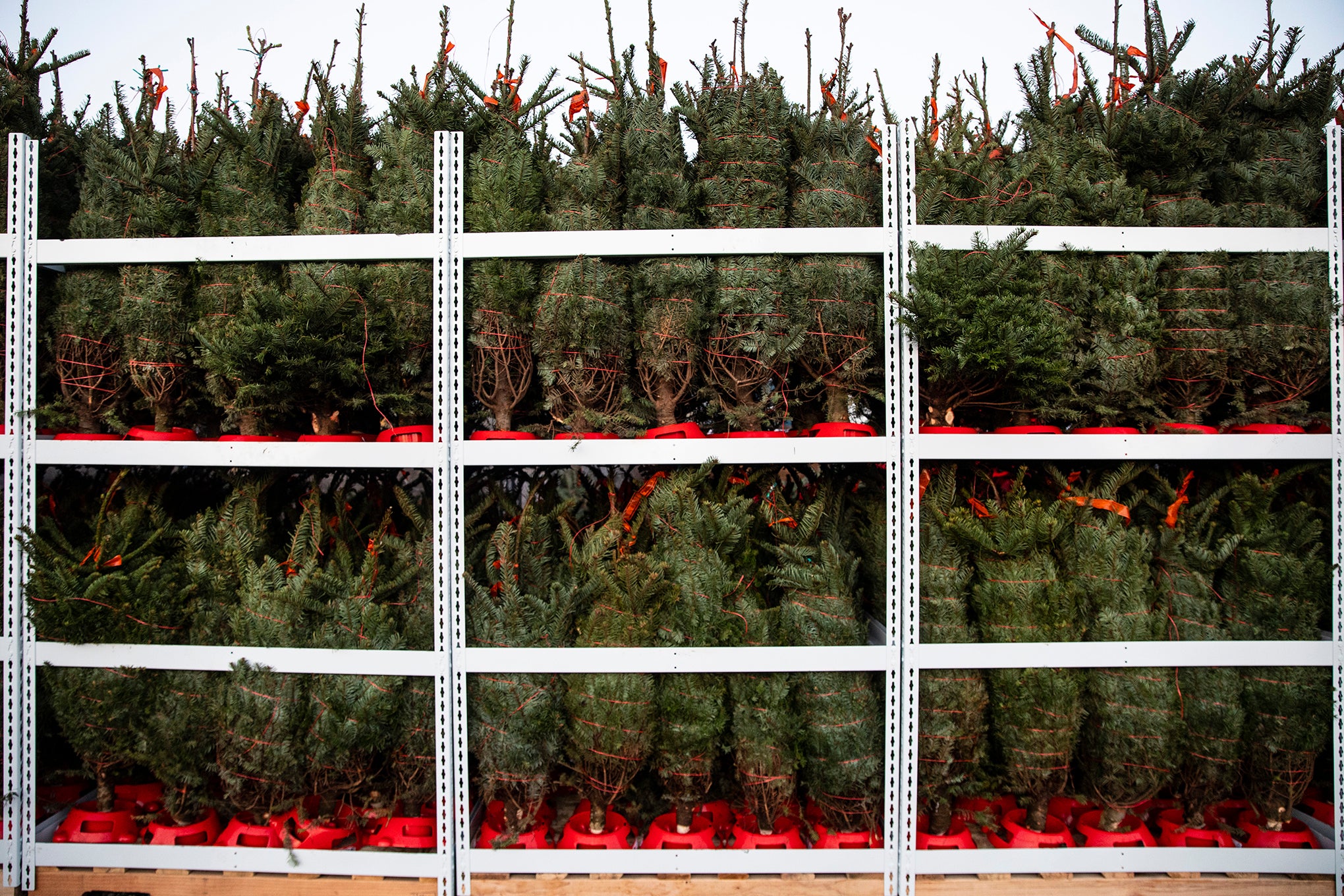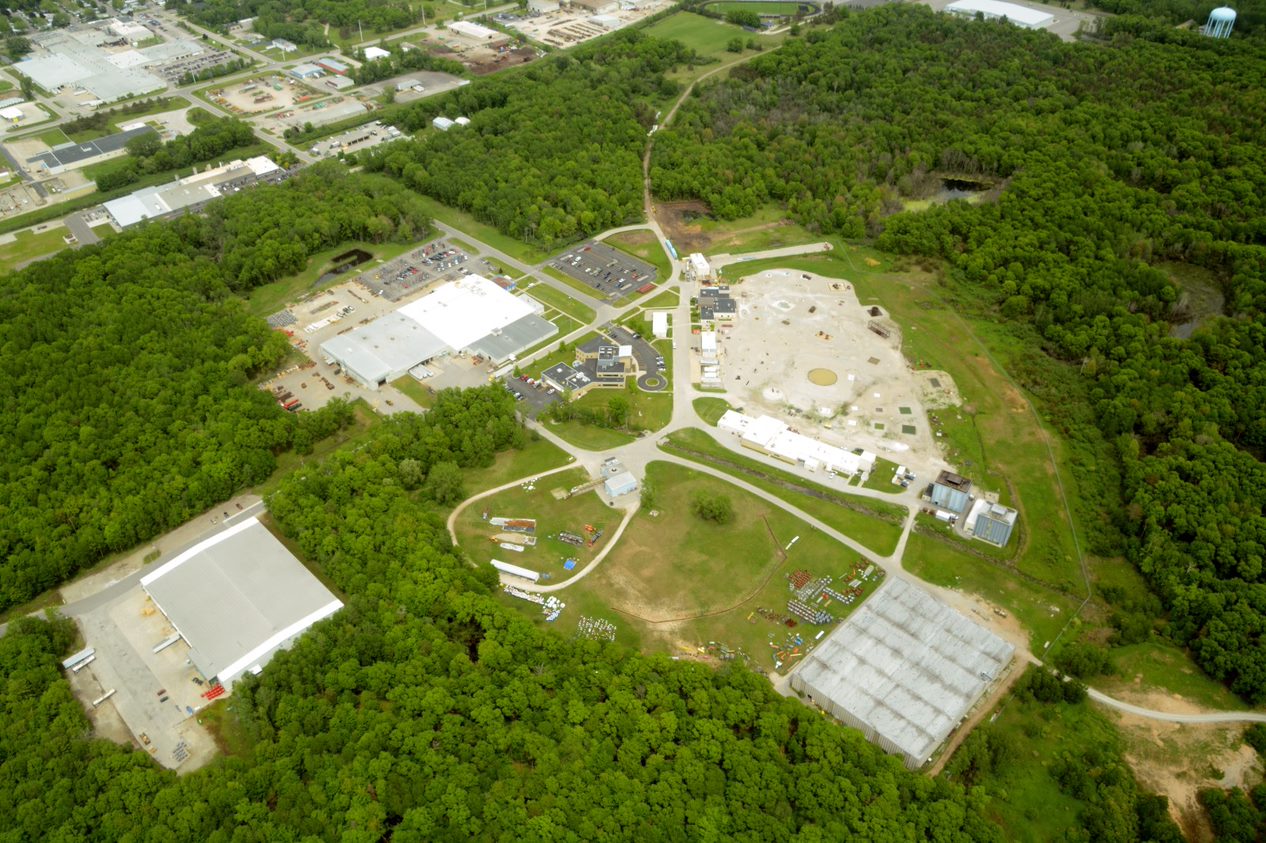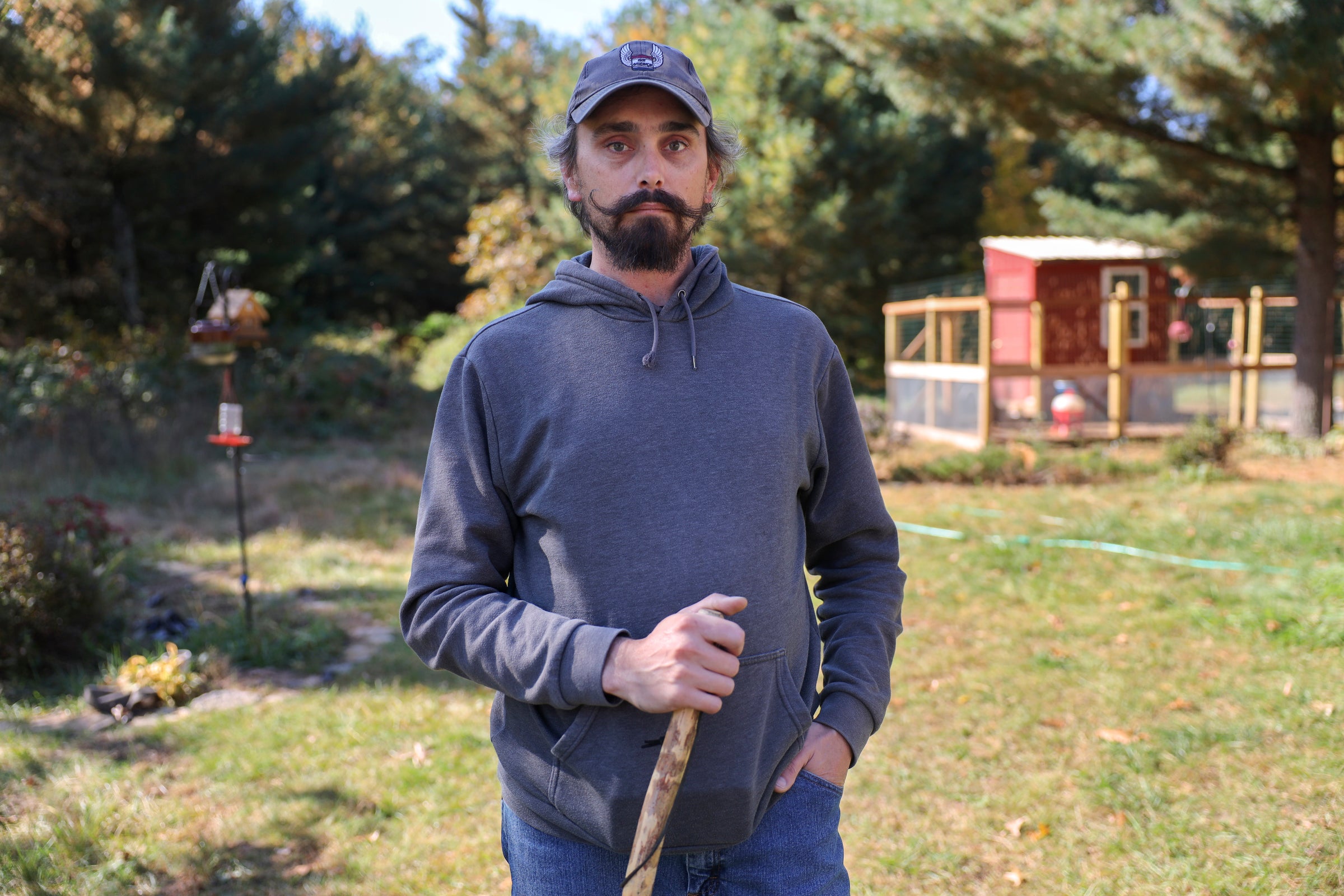As COVID-19 continues to spread in Wisconsin, and personal protective equipment (PPE) becomes more and more important for frontline workers, questions have surfaced about what happens to that equipment when it’s discarded.
WHYsconsin has received several questions from audience members about used PPE, and we are working to answer them.
“Is this pandemic creating a mountain of medical waste?” asked one person.
Stay informed on the latest news
Sign up for WPR’s email newsletter.
Jim Fitzpatrick, CEO of Madison Environmental Resources Inc. (MERI), a licensed infectious waste disposal company, said they’re actually seeing less waste overall right now. He attributes the decline to the many procedures and surgeries that have been canceled or postponed because of the pandemic.
“There’s clinics shutting down, so the surgeries aren’t happening, so there’s less waste being generated,” Fitzpatrick said.
PPE materials such as gowns, gloves and masks that are considered soiled by hospital policy would be thrown into a biohazard trash bag, Fitzpatrick said.
His company collects these bags, making sure they are sealed correctly. The bags then go into a sealed processing system at a MERI facility, where the material is injected with steam, shredded, and heated to 200 degrees in microwaves until it is disinfected.
“It takes about an hour from the beginning to the end, and during that entire process it’s a sealed system,” Fitzpatrick said. “And when it comes out the end, it looks like confetti.”
The material is then sent to a landfill.
According to the Centers for Disease Control and Prevention, “Medical waste (trash) coming from healthcare facilities treating COVID-2019 patients is no different than waste coming from facilities without COVID-19 patients.”
At the state level, solid and hazardous waste including infectious waste is regulated by the state Department of Natural Resources, which is following CDC guidelines for health care waste management.
“It’s required to be manifested all the way through from generation to disposal,” said Casey Lamensky, solid waste coordinator at the DNR. “So it’s tracked and properly regulated, and we are preparing for different situations in these facilities.”
